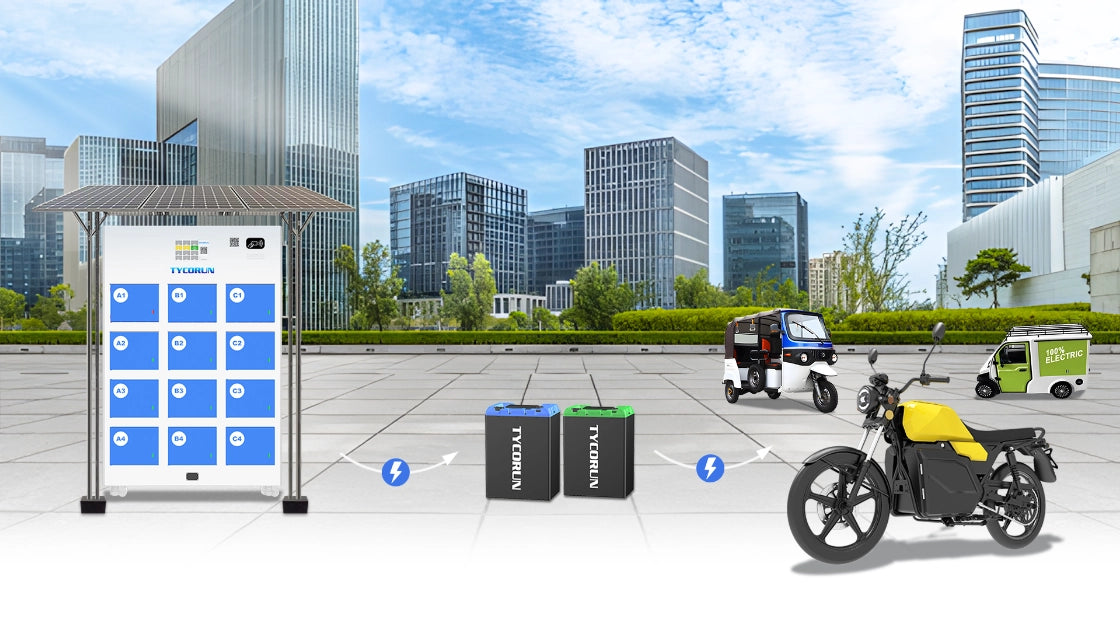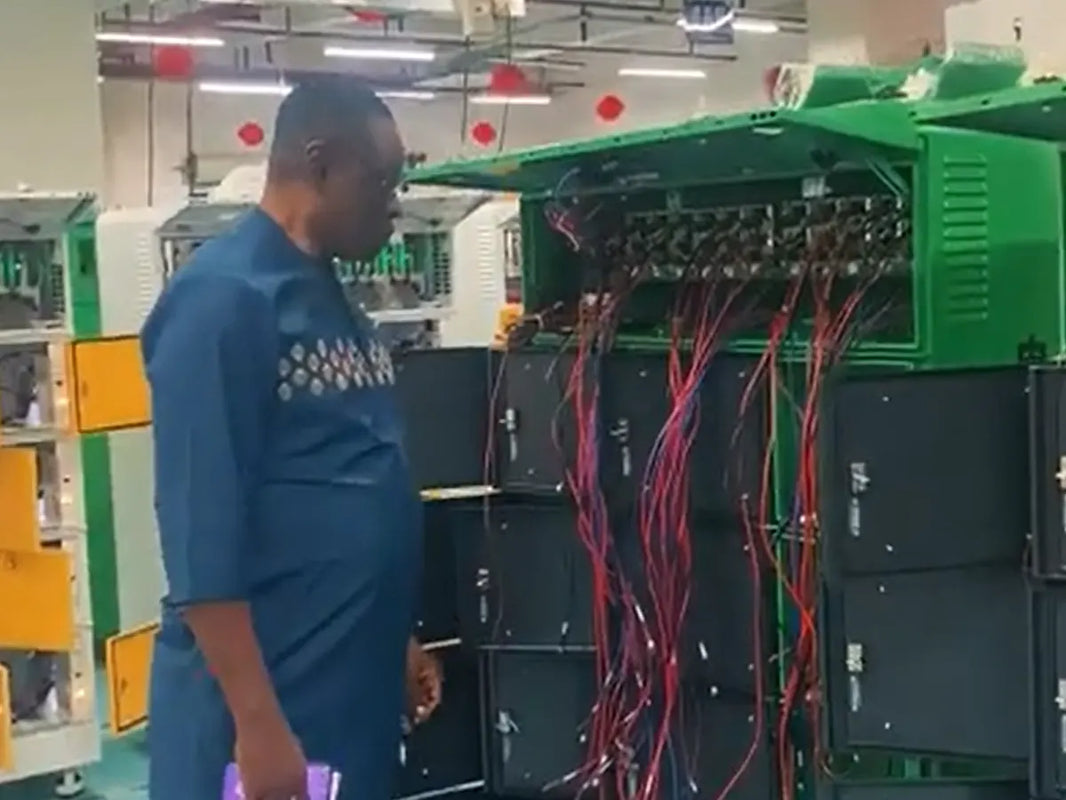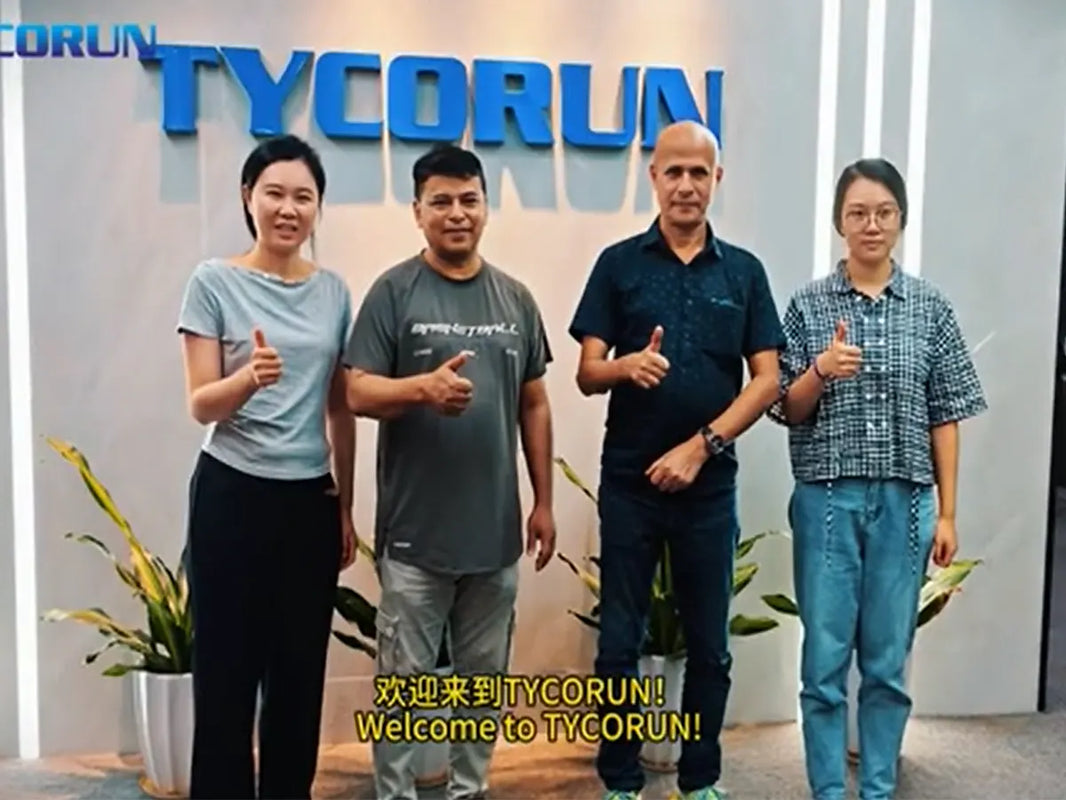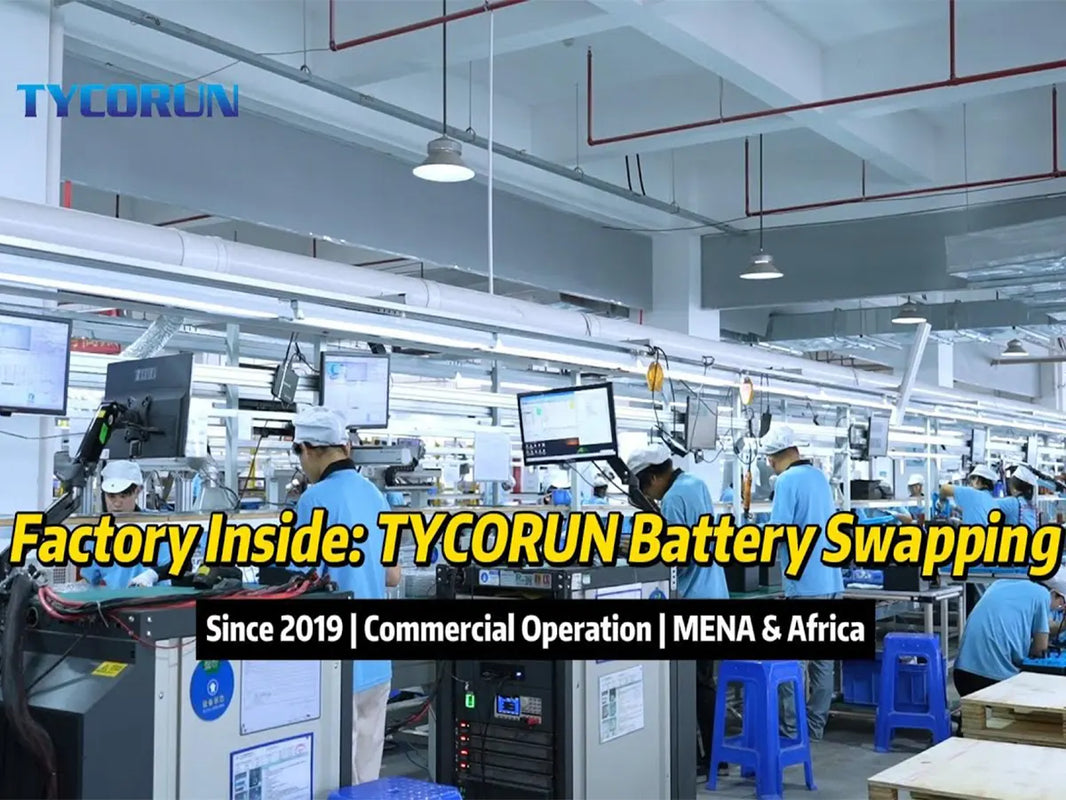
Main content:
You may have experienced the heat radiating from the road on a hot day. This is because when sunlight hits asphalt, the heat causes the molecules in the pavement to move faster, making it hotter. With solar panels, however, the sunlight doesn't heat them up; instead, the cells absorb the sunlight and convert it into electricity.
So, how solar panels work is actually quite simple yet fascinating. The photovoltaic modules and array are mounted on the sunny side, allowing the panels to capture sunlight most efficiently even on cloudy days. The photovoltaic cells in the solar panel array absorb energy from the sunlight. The metal plates next to the cells collect the resulting DC electrons and transmit the electricity to the connecting wires. A solar inverter converts this electricity into AC power, which powers home appliances.
Components of a Solar Power System

How solar panels work depends not only on the photovoltaic cells but also on the system components. A solar power system consists of a solar cell array, a solar controller, and a battery pack. If the output power is 220V or 110V AC and is to be supplemented by the mains power, an inverter and a smart mains switch are also required.
Solar Panels
This is the core component of a solar photovoltaic power generation system. Its primary function of solar panels (Solar cell vs solar panel) is to convert solar photons into electrical energy, thereby powering the load. Solar cells are categorized into monocrystalline silicon cells, polycrystalline silicon cells, and amorphous silicon cells. Monocrystalline silicon cells are the most commonly used due to their durability, long service life (typically up to 20 years), and high photoelectric conversion efficiency compared to the other two types.
Solar Charge Controller
Its primary function is to control the overall system status and protect the battery from overcharge and over-discharge. In extremely low temperatures, it also provides temperature compensation.
Solar Deep-Cycle Battery Pack
Compared with traditional lead-acid solar deep-cycle battery packs, lithium deep-cycle batteries offer significant advantages. Lead-acid batteries are cost-effective and widely available, but they have shorter lifespans, lower depth of discharge (usually around 50%), and require regular maintenance such as checking water levels.
In contrast, lithium deep-cycle batteries—especially lithium iron phosphate (LiFePO₄)—can achieve a much longer cycle life, allow deeper discharge of up to 80–90%, and operate with higher efficiency. They are also lighter in weight and require little to no maintenance, making them a more reliable and durable choice for modern solar power systems.
In a full-process monitoring system, some equipment requires a 220V or 110V AC power supply, while the direct output of solar power is typically 12V DC, 24V DC, or 48V DC. Therefore, in order to power 22VAC, 110VAC devices, a DC/AC inverter must be added to the system to convert the DC power generated by the solar photovoltaic system into AC power.
You can check home solar panels manufacturers in the world for more information.
Principle of Solar Power Generation

The fundamental principle of solar power generation is the transformation of sunlight into electricity through a physical process known as the photovoltaic effect, which itself is a form of the photoelectric effect. When photons from sunlight strike the surface of a solar cell, which is made of semiconductor materials such as silicon, they can transfer their energy to the electrons inside the atoms of the material.
This additional energy enables the electrons to break free from their atomic bonds, creating what is known as electron-hole pairs. These free electrons are then guided by an internal electric field within the semiconductor to move in a specific direction, which in turn generates an electric current.
When sunlight hits the semiconductor, not all photons contribute directly to electrical energy production. A portion of the photons are reflected off the surface, while others pass through without interaction. The absorbed photons are divided into two outcomes: some are converted into heat, while others carry enough energy to knock electrons loose from the atoms. It is this latter process that enables the generation of electrical power. The design of solar cells maximizes the number of photons converted into electron-hole pairs, thereby improving overall efficiency.
As multiple solar cells are connected together to form a solar module, and then multiple modules are interconnected to form a solar panel array, the amount of electricity that can be produced scales up significantly. The arrangement of these cells and modules allows for different voltage and current outputs, depending on the requirements of the application.
The generated direct current (DC) is then passed to a solar inverter, which converts it into alternating current (AC), the standard form of electricity used in homes, businesses, and industries. This seamless conversion process enables solar panels to supply clean, renewable, and sustainable power directly from the sun.
Environmental and Economic Benefits of Home Solar Panels

The application of solar energy is a renewable, clean, reducing dependence on non-renewable resources. It helps protect the environment by reducing carbon footprints, improving appliance efficiency, and accelerating the transition to electric vehicles.
Integrated solar technology enables homeowners and multi-family buildings to generate their own electricity, reducing dependence on the traditional grid and providing power during power outages. Solar energy also offers financial benefits to residents.
Solar panels can significantly reduce household utility bills. The specific savings vary depending on electricity prices and the size of the solar array, as well as location, energy usage, solar system size, and local electricity prices. However, on average, solar panels can save residents $1,000 to $1,500 annually. Most residents reported saving between $20,000 and $96,000 on utility bills over the lifetime of their solar panels, significantly reducing their financial burden.
If a home solar system is connected to the grid, residents can export excess electricity back to the grid. This process, known as net metering, allows residents with solar or other renewable energy sources to generate clean electricity and distribute it to other residents in the area, further reducing utility bills. Over the past decade, the cost of installing a solar system has dropped by more than 50%.
The federal government's solar tax credit allows residents to claim up to 30% of the cost of solar installation on their taxes, making solar installation even more affordable. The average payback period for a solar array is ten years, and the panels have a lifespan of 25-40 years with minimal maintenance, meaning residents will save on electricity bills for decades.
By learning how solar panels work, we can explore creative ways to apply this technology. Agro-photovoltaic systems, such as “forest-solar” and “grass-solar”, leverage solar energy without disrupting plant growth, creating a sustainable energy and agriculture solution.
Agro-Photovoltaic Integration: “Forest-Solar” and “Grass-Solar” Systems
As photovoltaic panels tirelessly generate electricity, the vegetation beneath them thrives. This photovoltaic power station was designed from the outset to balance ecological protection with efficient resource utilization. The photovoltaic panels remain intact in the existing forest and grassland. Instead, the raised supports provide ample space for vegetation beneath the panels to grow.
This allows the upper section of the photovoltaic panels to receive solar power, while the lower section can be used to grow shade-tolerant crops. The panels can also be installed between trees or in open spaces beneath the forest without disrupting the normal growth of the trees. This ensures the normal growth of the trees while also harnessing photovoltaic power generation system. The promotion of this model will also help accelerate the development and application of new energy technologies and optimize the energy mix, creating a "grass-light complementarity, forest-light complementarity" operating model.
Photovoltaic panels also provide a protective shade, effectively reducing water evaporation, enabling better vegetation growth and protecting the local ecological environment.
Conclusion
Understanding how solar panels work reveals not only the technology behind solar energy but also the environmental and economic benefits it brings. From powering homes and reducing electricity bills to integrating with forests and grasslands for sustainable agro-photovoltaic systems, solar panels offer a reliable, renewable energy source.
Related Articles: solar panel maintenance, RV solar panels, install solar panel
















